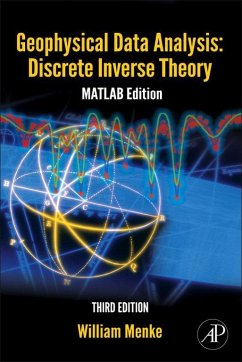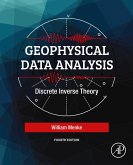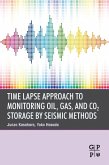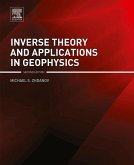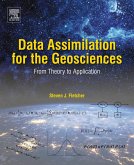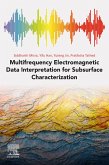Dieser Download kann aus rechtlichen Gründen nur mit Rechnungsadresse in A, B, BG, CY, CZ, D, DK, EW, E, FIN, F, GR, HR, H, IRL, I, LT, L, LR, M, NL, PL, P, R, S, SLO, SK ausgeliefert werden.
Praise for the second edition:"The author has produced a meaningful guide to the subject; one which a student (or professional unfamiliar with the field) can follow without great difficulty and one in which many motivational guideposts are provided....I think that the value of the book is outstanding....It deserves a prominent place on the shelf of every scientist or engineer who has data to interpret." --GEOPHYSICS
"As a meteorologist, I have used least squares, maximum likelihood, maximum entropy, and empirical orthogonal functions during the course of my work, but this book brought together these somewhat disparate techniques into a coherent, unified package....I recommend it to meteorologists involved with data analysis and parameterization." --Roland B. Stull, THE BULLETIN OF THE AMERICAN METEOROLOGICAL SOCIETY
"This book provides an excellent introductory account of inverse theory with geophysical applications....My experience in using this book, along with supplementary material in a course for the first year graduate students, has been very positive. I unhesitatingly recommend it to any student or researcher in the geophysical sciences." --PACEOPH

